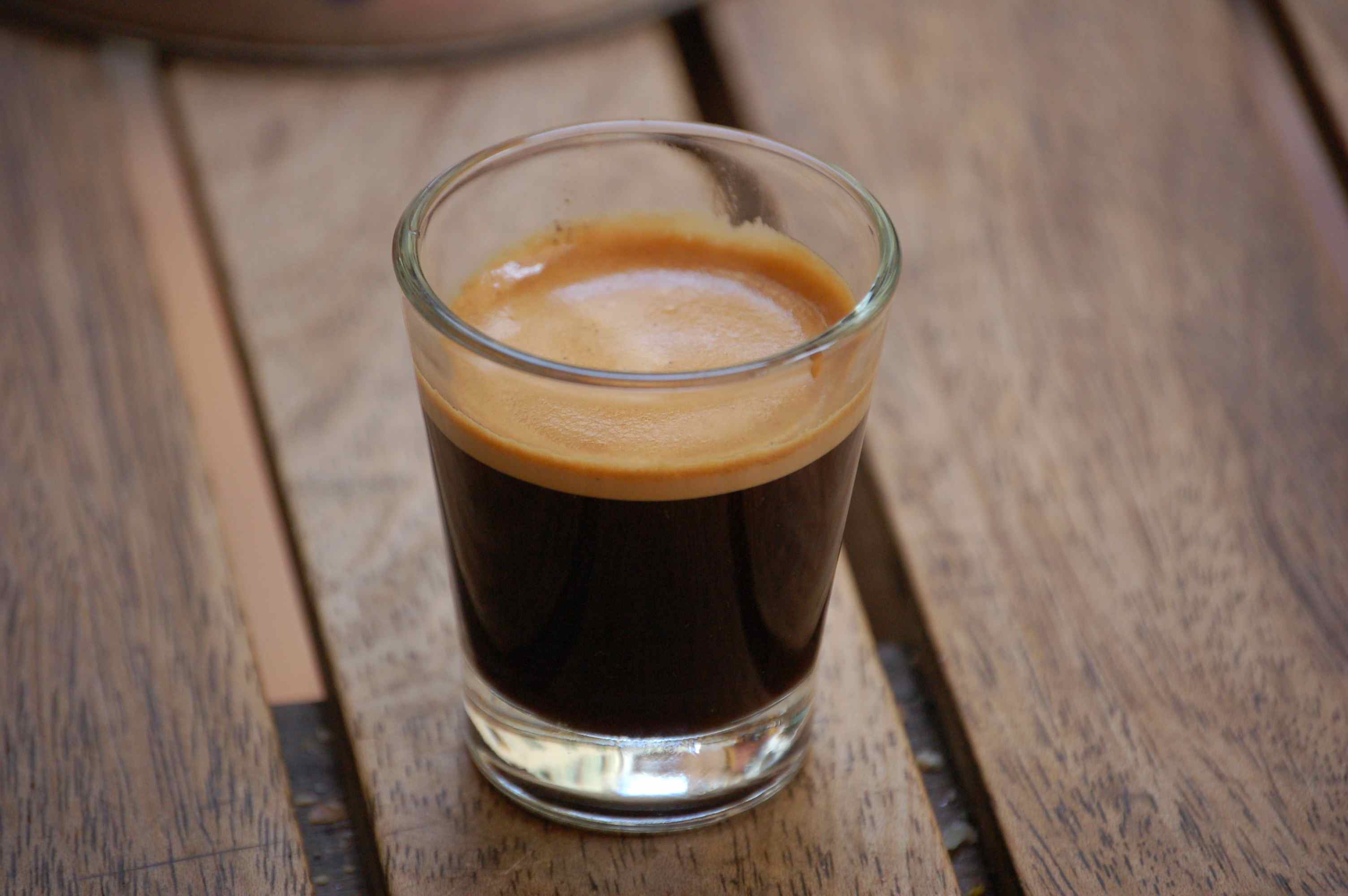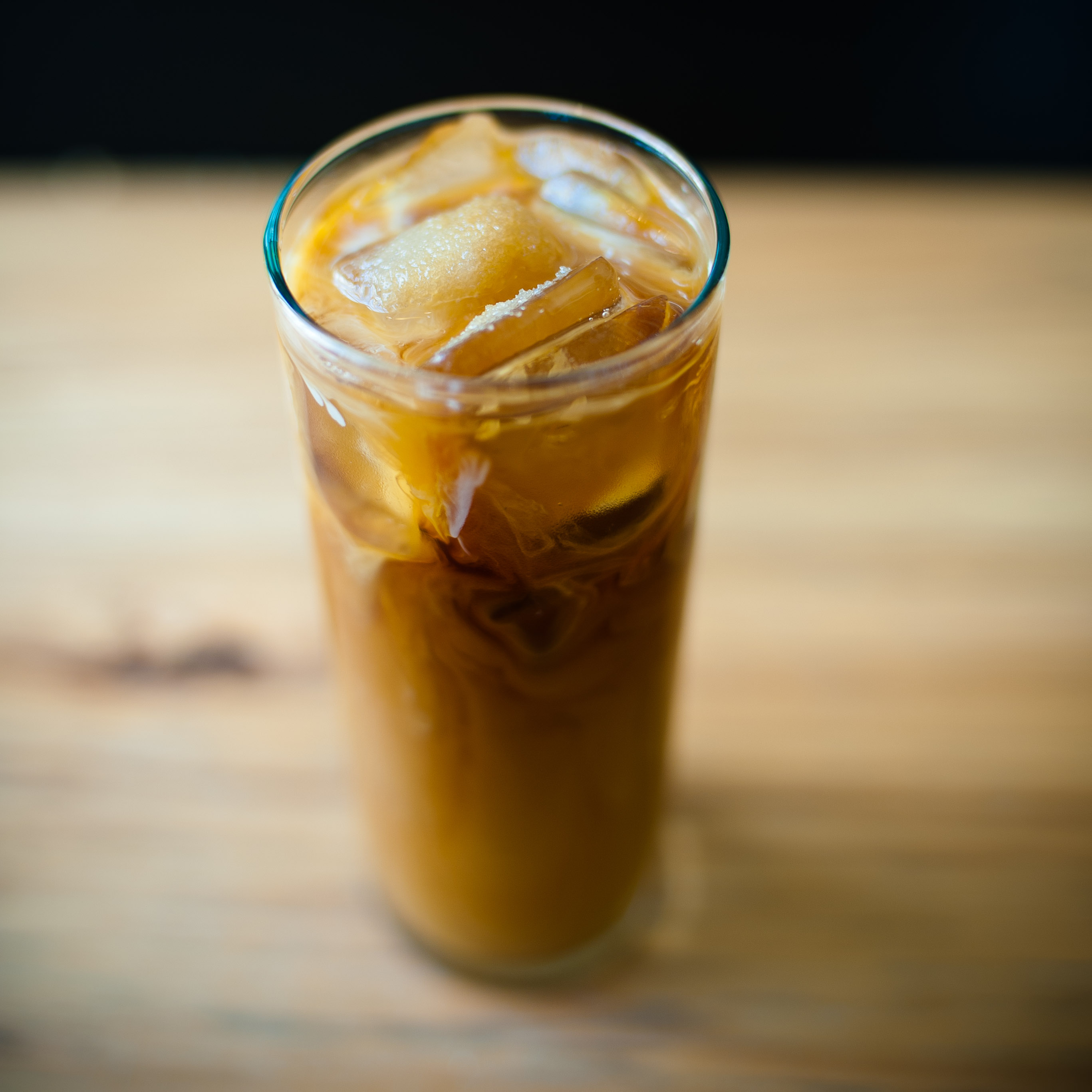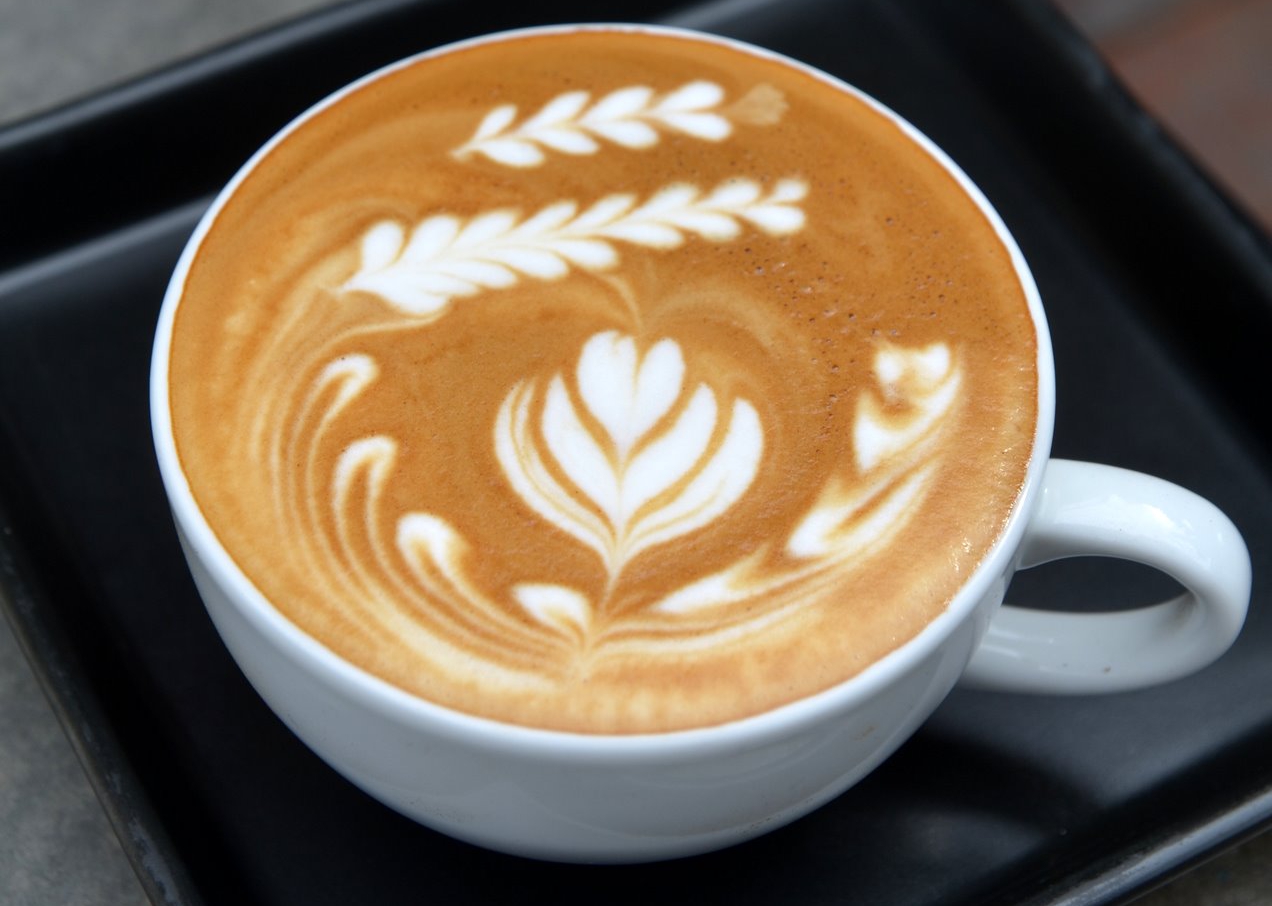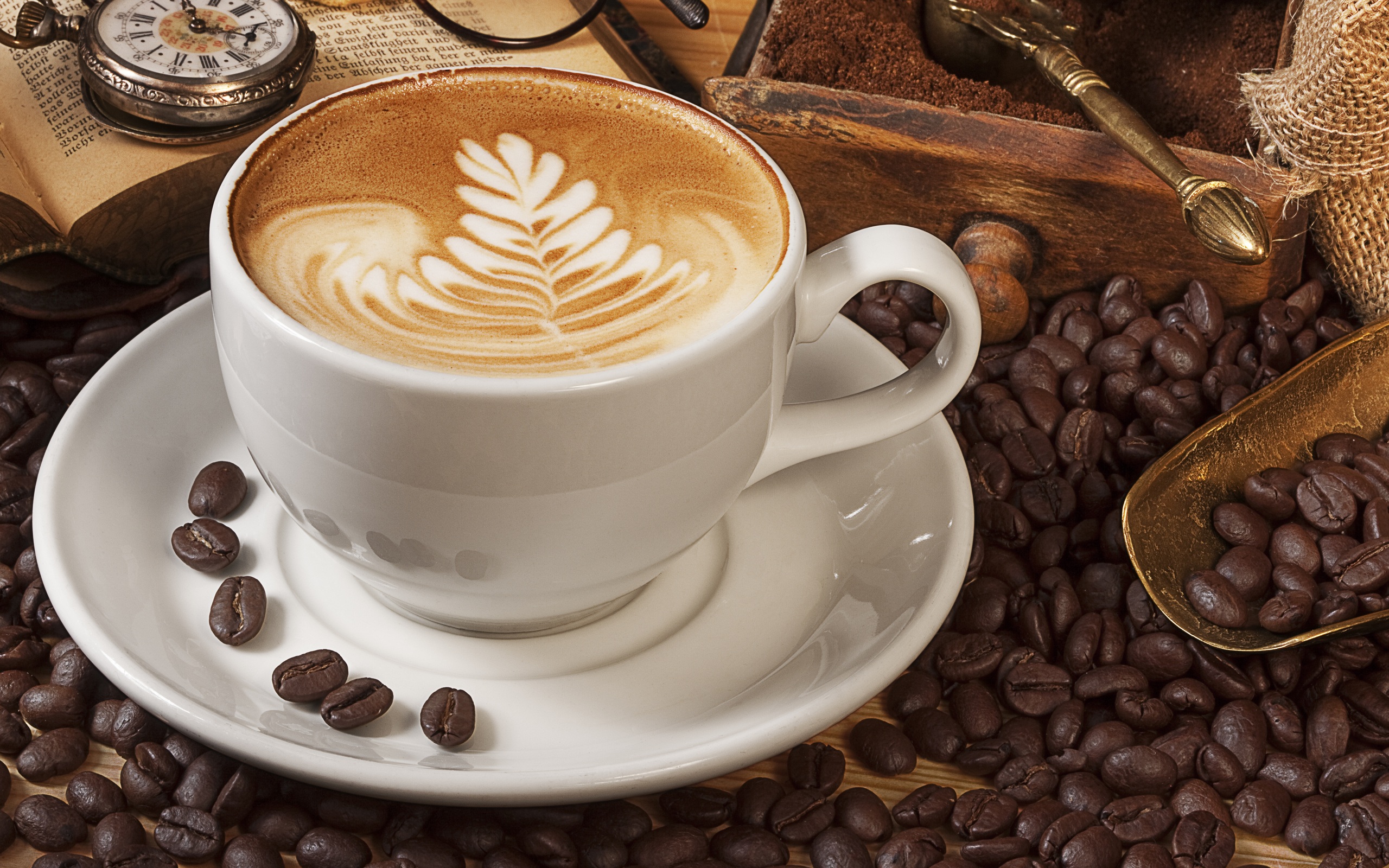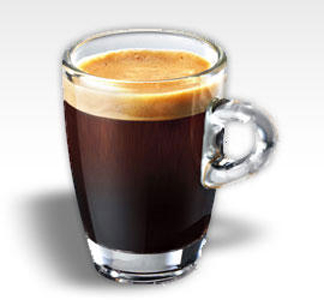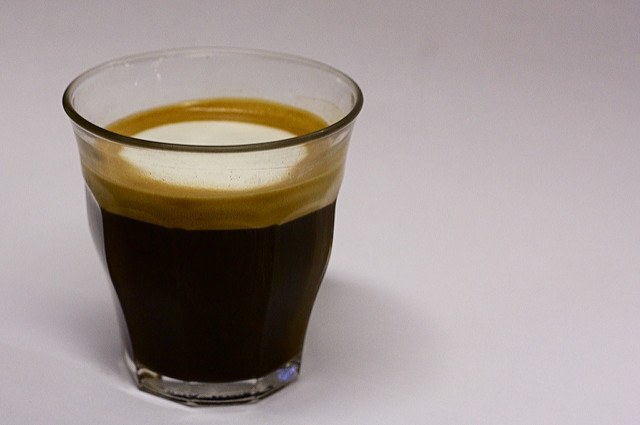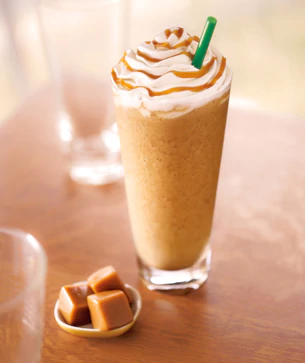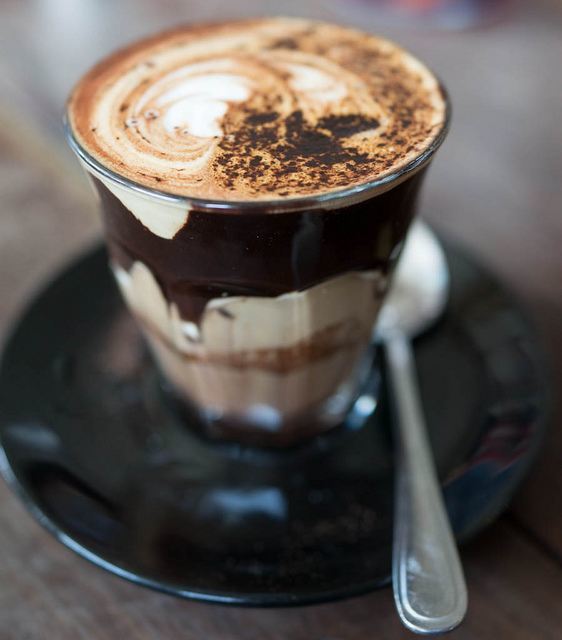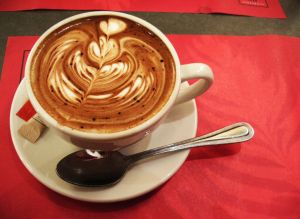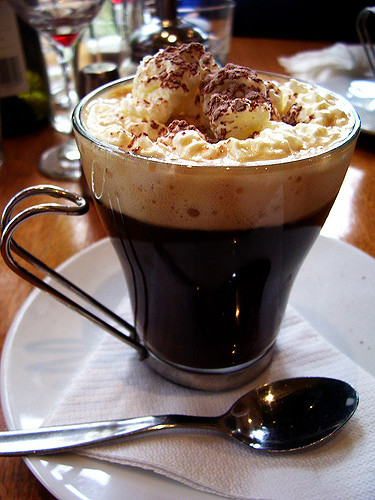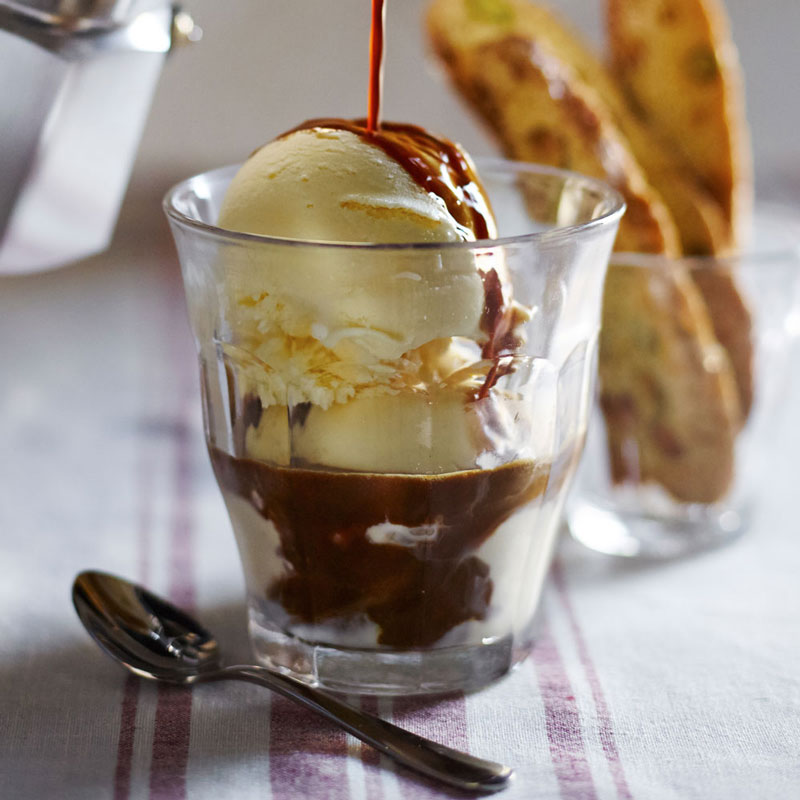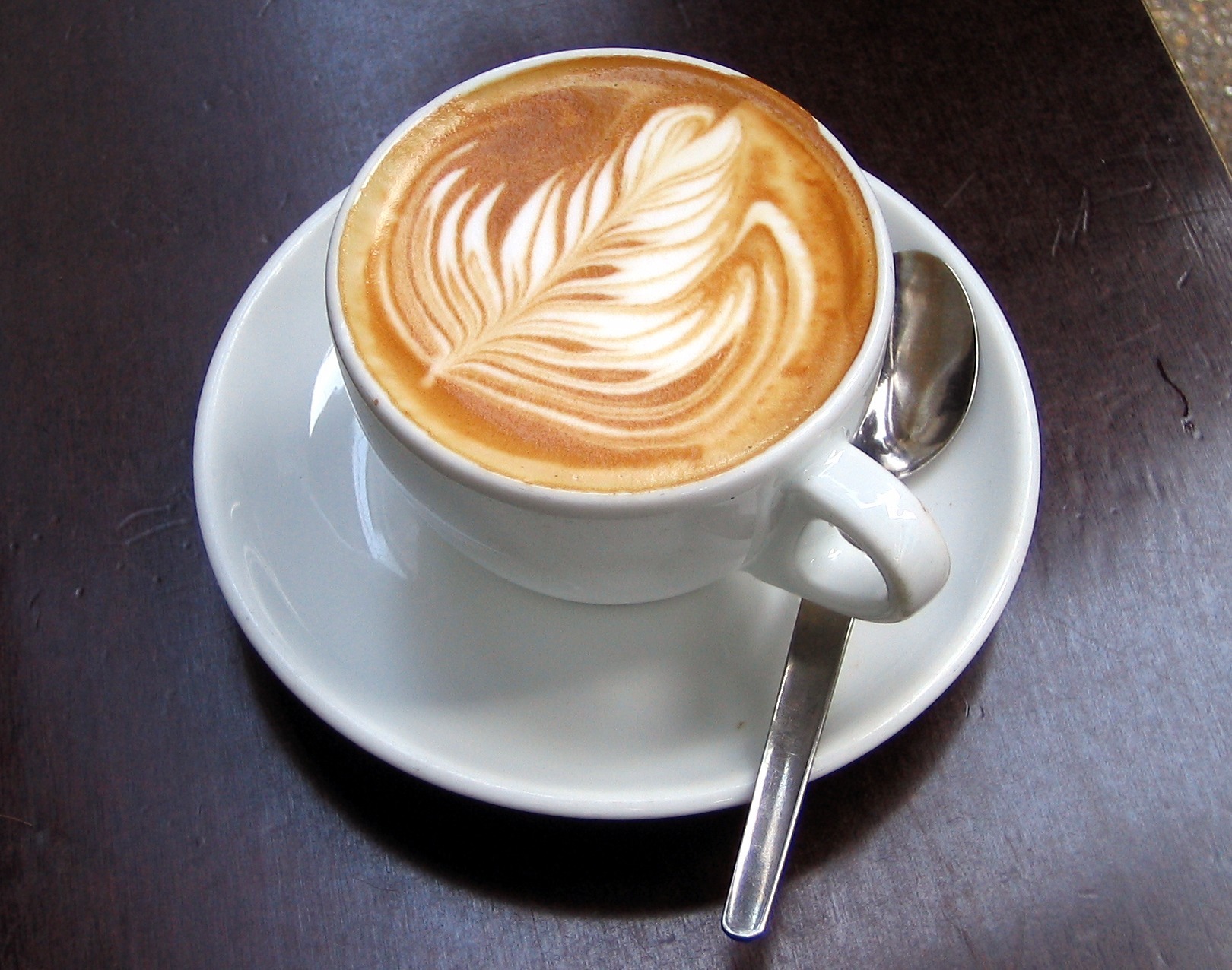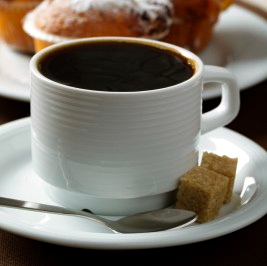about
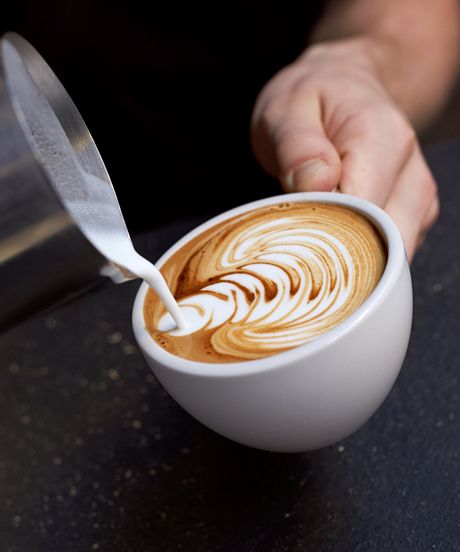
+
What do I order?
Figure out your tastes! Do you prefer sweet
or bitter? Strong coffee flavor or light? Hot or iced?
Don't be intimidated... There's always your coffee-expert Professor Steinberg who goes up and recites the most complicated order you've ever heard. If you have no idea what a drink is, ask your friendly barista.
It takes time to figure out your favorite drink, and you don't have to stick to one! Head over to the "Quick Guide" page to get started.
Don't be intimidated... There's always your coffee-expert Professor Steinberg who goes up and recites the most complicated order you've ever heard. If you have no idea what a drink is, ask your friendly barista.
It takes time to figure out your favorite drink, and you don't have to stick to one! Head over to the "Quick Guide" page to get started.
+
Why is it important to understand coffee?
From impressing your friends to impressing your interviewer,
there's plenty of reasons to briefly understand the different kinds of coffee.
Others pick drinks based on caffeine content, to keep them awake and motivated
through long workdays. Coffee is a part of your lifestyle.
Understanding coffee is similar to knowing the most popular songs and movies. It has a cultural aspect!
+
Where does coffee come from?
Coffee is a result of ground coffee beans.
These coffee beans were native to tropical Africa,
and Madagascar, and various parts near the Indian Ocean. Since
then, it has been imported to many parts of the Americas and South
Americas for optimal production.
+
Can coffee cause allergic reactions?
Common ingredients in certain drinks
are soy, cream, and milk. Make sure to watch out for these.
Coffee itself is not a tree nut, but it is often packaged/seasoned without
tree nuts and in some cases can causes allergies. If you are
lactose intolerant, you can ask for soy or almond substitutes in place
of milk for many drinks.
+
Does coffee affect your health?
Coffee is a stimulant. Research debates whether there
are long-term benefits or harms of coffee. The media loves to tote a correlation between
coffee and various big diseases (cancer, AIDS, heart disease, etc) but
in reality there are few conclusive studies. Correlation is not causation!
However, there is a general conclusion that coffee is
safe to drink (but remember, everything in moderation!)
+
How do baristas make pretty designs in my coffee?
What you are seeing is probably known as latte art!
It comes with a lot of experience. It involves the height and speed
of pouring steamed milk into coffee. Heart and leaf shapes are often
made this way. More intricate parts of designs are often
"etched" with a tool after pouring.
+
What is the chemical formula for caffeine?
1,3,7-Trimethylpurine-2,6-dione is a slightly acidic, white crystalline purine:


what's in my cup?

Espresso

Iced Coffee

Cafe Latte

Cappucino

Americano

Cafe Macchiato

Frappucino

Cafe Mocha

Cafe Breva

Vienna Coffee

Affogato

Flat White

Long Black
hide
